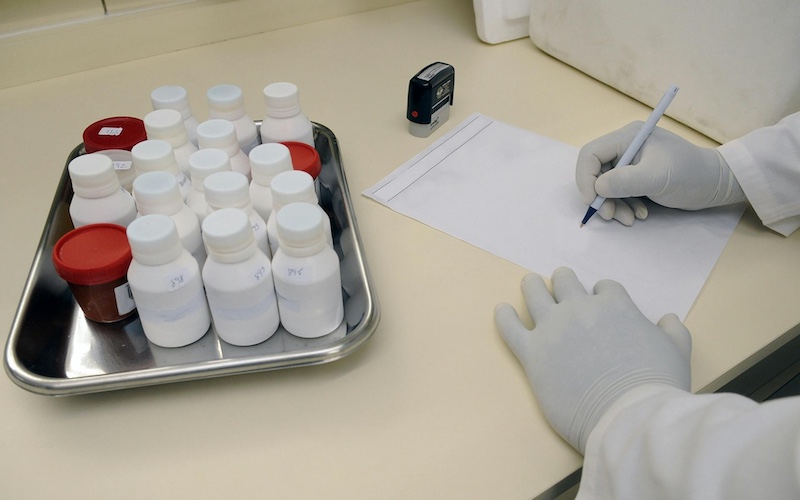A university lecturer has urged institutions to dismantle gender biases that are leading to the widespread underdiagnosis of cardiovascular disease in women.
Dr. Gaby Captur, cardiology consultant at the Royal Free Hospital and Associate Lecturer at University College London, has drawn from her research into cardiac MRI and population studies and identified three key areas in which gender biases are leading to underdiagnoses in women.
These include the under-representation of women in clinical trials, sex biases in cardiac imaging, and differences in symptom presentation.
Captur said: “The healthcare system must evolve to reflect these realities; women’s lives depend on it.”
She emphasized that many cardiovascular trials have historically underrepresented women, specifying that only about 25% of participants in many landmark cardiovascular trials were women.
She added that large statin trials often included only 15–30% women, with some including men exclusively.
As a result, treatment guidelines derived from this data, used internationally by organizations like the American Heart Association, European Society of Cardiology, and the UK’s National Institute for Health and Care Excellence, are disproportionately based on male biology.
She said: “Even though we’ve had decades of research, women are still being underrepresented, and the data is less robust.”
This underrepresentation can lead to inaccurate risk calculators, which are based mostly on male-centric data and lower rates of uncertainty when prescribing statins (medication prescribed to lower cholesterol) to women.
Captur reported: “Women struggle, even though they have similar or equivalent risk factors, they never seem to hit that threshold to trigger prescription of medications.”
Captur further explained that female-specific risk factors, such as gestational diabetes, autoimmune diseases, and premature menopause, are either overlooked or inadequately weighted in common calculators.
Despite technological advances, many imaging modalities also have significant sex biases.
For instance, cardiac MRI, diagnostic thresholds (like wall thickness ≥15 mm for disease) are not adjusted for gender, meaning women need to have more advanced disease before meeting the same criteria as men.
Traditional imaging, such as a coronary angiography, targets large epicardial arteries, which are more often diseased in men.
Women, however, more commonly experience disease in smaller coronary vessels or present with diffuse disease, which goes undetected in standard tests.
Finally, Captur reported that women often present with non-classical symptoms during acute cardiac events.
Instead of the typical crushing chest pain, women may report nausea or vomiting, back or neck pain, dizziness, shortness of breath, or epigastric (upper abdominal) pain.
These atypical symptoms contribute to delayed self-recognition and help-seeking, misdiagnosis or dismissal by emergency services, and later presentation to care, often days after the actual cardiac event.
She said: “This discrimination will eventually result in worse outcomes for the women because they have been less protected.”
Captur added that other underrecognized conditions that are prevalent in women include INOCA (Ischemia with No Obstructive Coronary Artery Disease) and MINOCA (Myocardial Infarction with No Obstructive Coronary Artery Disease).
Both are forms of heart attacks where standard imaging fails to show blockages, leading to frequent misdiagnosis unless advanced imaging like cardiac MRI is used.
Captur is now calling for a greater inclusion of women in clinical trials, sex-specific adjustments in diagnostic criteria and risk algorithms, enhanced medical education to improve recognition of female cardiac symptoms, and routine use of advanced imaging that can capture microvascular and non-traditional disease presentations.
Often, women’s symptoms are even written off and dismissed as paranoia.
“Unfortunately, in years past, those women would simply get discharged and dismissed as being a hypochondriac.
“In the public’s perception, a man is more likely to find sympathy from bystanders.”
Dr Dawn Adamson, NHS National Specialty Advisor for Heart Disease, told North West Londoner: “We know that women suffer from health inequalities when it comes to heart disease and too often in the NHS we hear of women whose health concerns have not been recognised, which is why we are taking action to improve services for women – including increasing awareness amongst health care professionals, and encouraging women to access support through additional diagnostic centres and specialist services away from hospitals.
“This will give more women better access to specialist support in the community, improve speed of diagnosis and experiences of care, as well as upskilling healthcare professionals and providing a wide range of staff working in one place.”
Featured image: Photo via Pexels





Join the discussion